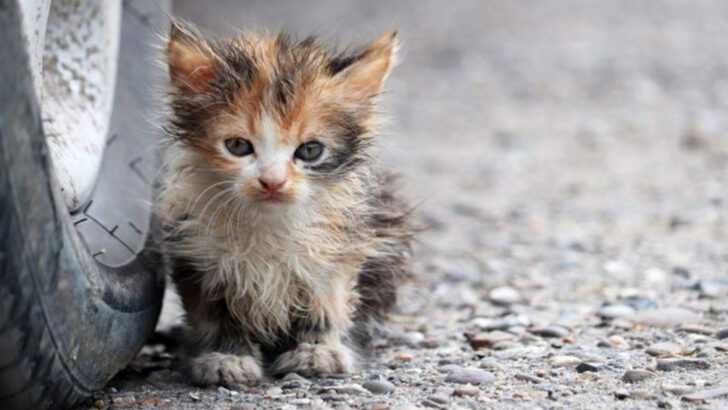Adopting a stray cat isn’t just bringing home a pet—it’s inviting a tiny mystery into your life.
You won’t get a manual. You won’t know their backstory.
And they definitely won’t follow your house rules.
One day they’re hiding under the couch like a ghost.
The next? They’re curled up on your chest, purring like they’ve lived there forever.
Strays come with quirks, scars, and a whole lot of heart. It’s messy, beautiful, and nothing like adopting a kitten from a breeder.
Here are 15 things no one really talks about—but every stray cat adopter knows deep down.
Unveiling a Mysterious Past
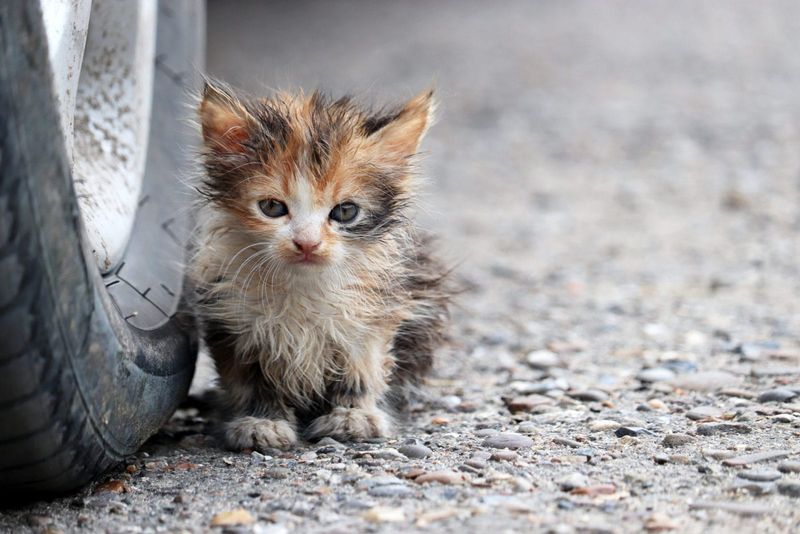
Every stray cat carries a history, often cloaked in mystery and intrigue. Their past experiences, whether adventurous or traumatic, shape their behavior and interactions.
As you welcome them into your home, you’ll gradually uncover bits of their story through their habits and preferences. It’s like piecing together a puzzle where each moment shared brings new understanding.
This journey can be both fascinating and heartwarming, as you witness their transformation into a beloved family member. Providing a stable and loving environment helps them feel secure, allowing their true personality to blossom, often revealing a charming and affectionate companion.
The Scent of Safety
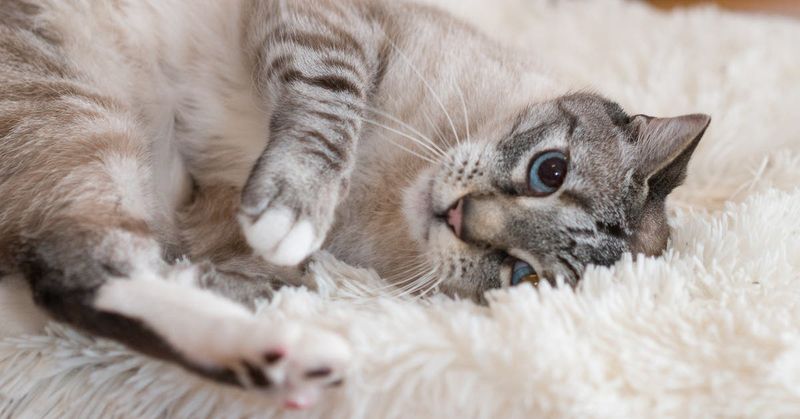
Cats are creatures of scent, and for a stray, familiar smells mean security. When you adopt a stray cat, introducing scents from their previous environment, like a blanket or toy, can ease their transition.
These familiar aromas provide comfort, making your home feel more inviting and less intimidating. As they settle in, your scent becomes part of their comfort zone.
You’ll notice how they rub against you and your belongings, marking them with their own scent—a sign of trust and belonging. This scent exchange is a silent, yet profound, communication of safety and affection.
Decoding Mealtime Rituals

Stray cats often have unique mealtime rituals that reflect their past experiences. Some may gobble their food quickly, accustomed to scarcity, while others might be picky or cautious eaters.
Understanding these behaviors is key to providing a feeding routine that feels safe and satisfying. Gradually introducing variety and observing their preferences can transform mealtime into a relaxed and enjoyable experience.
As they adjust, these moments become an opportunity for bonding, reinforcing the trust and affection that develops between you. Patience and observation are essential in decoding and adapting to your stray cat’s dietary needs.
Hiding in Plain Sight
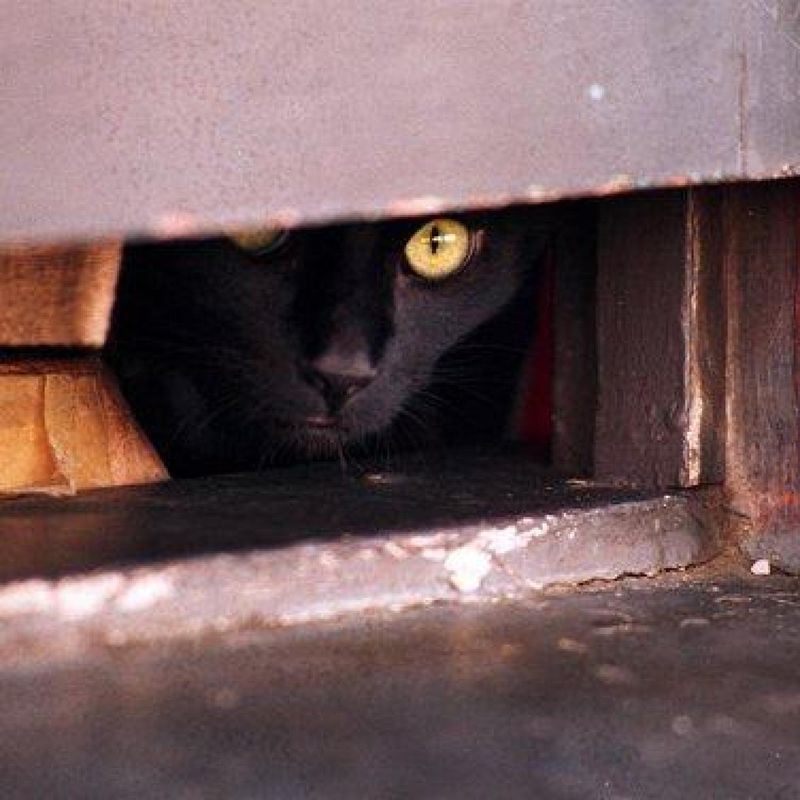
Stray cats are masters of camouflage, often seeking out secretive spots to observe their new surroundings. These hiding behaviors are natural, providing them with a sense of security and control.
In your home, they may choose to hide under beds, behind curtains, or in corners. Encouraging exploration while respecting their need for privacy helps them feel at ease.
Over time, as their confidence grows, you’ll notice them venturing out more, revealing their playful and affectionate sides. Hiding is simply a phase in their adjustment, gradually replaced by curiosity and trust as they become more comfortable.
The Joy of Play
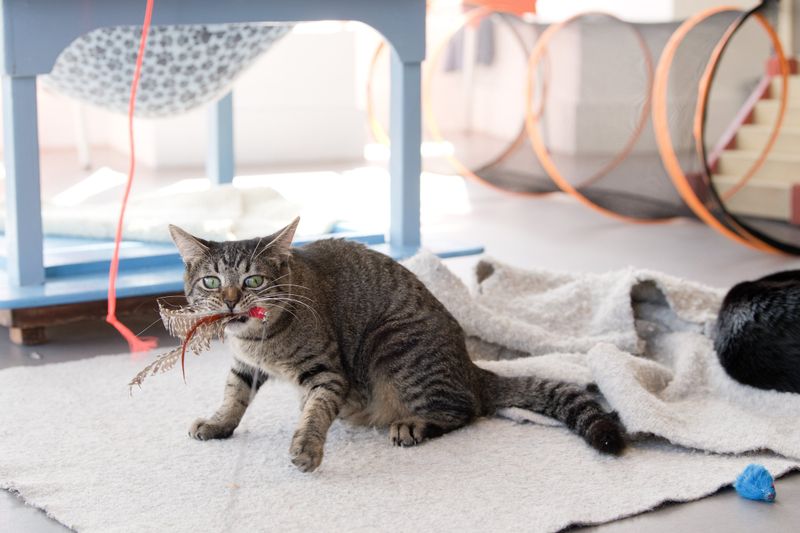
Playtime is essential for a stray cat’s physical health and emotional well-being. Engaging in interactive play helps them burn off energy and alleviates any stress or anxiety they might feel in a new environment.
Toys that mimic prey, like feather wands or small balls, are particularly effective. These sessions also build trust, as they associate you with fun and positive experiences.
Through play, you’ll discover their unique personality and preferences, whether they enjoy chasing, pouncing, or simply observing. A playful cat is often a happy and well-adjusted one, thriving in their new home.
The Healing Power of Purring
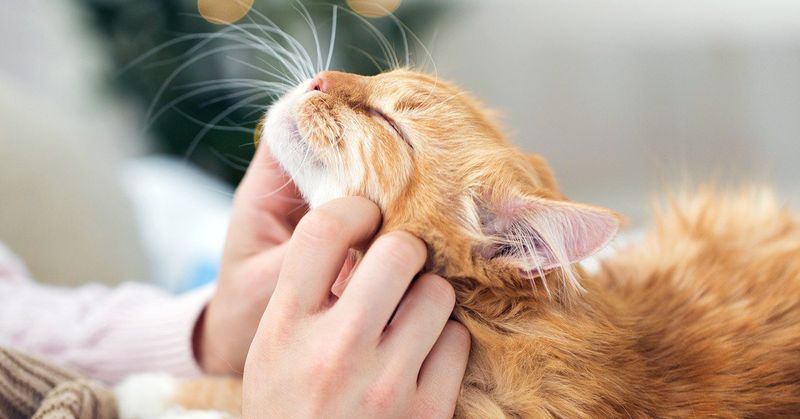
Purring is more than just a comforting sound; it’s a healing mechanism for cats. When your stray cat curls up and purrs, it’s a sign of contentment and healing. This gentle vibration not only soothes them but can also have a calming effect on you.
As you share these moments, a mutual bond is formed, built on trust and relaxation. Purring is their way of expressing happiness and acceptance, signaling that your home has become their sanctuary.
It’s a small but powerful reminder of the love and trust they have for you, strengthening your connection.
Grooming: A Bonding Ritual
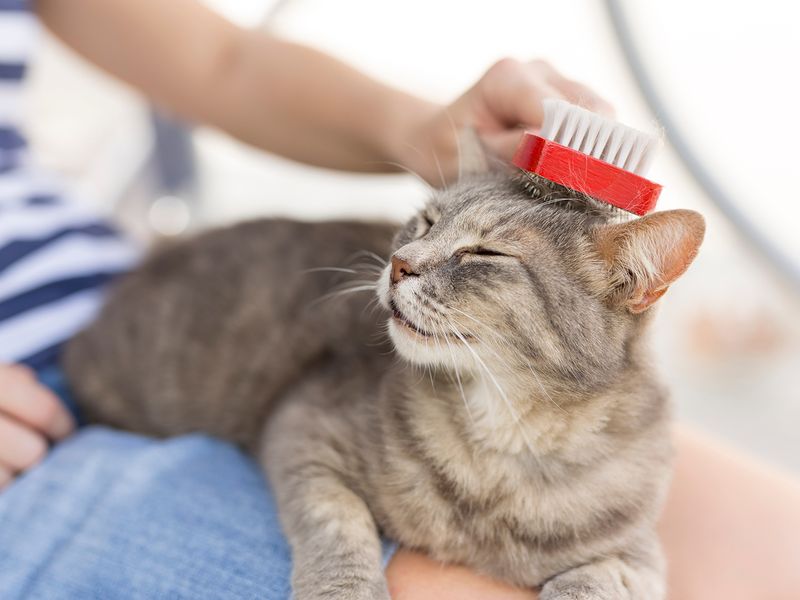
Grooming is a personal and social activity for cats, often leading to an emotional connection with their humans. When your stray cat begins to groom itself, it’s a sign of relaxation and comfort.
Occasionally, they may even extend this grooming to you, offering gentle licks as a form of affection. This shared grooming experience strengthens your bond, symbolizing trust and acceptance.
It is a quiet ritual that conveys a deep sense of belonging and care. By observing their grooming habits, you’ll better understand their mood and well-being, contributing to a harmonious relationship.
The Language of Tails

A cat’s tail is a versatile communicator, revealing much about their feelings. For a stray, tail movements can express joy, curiosity, or apprehension. A high, quivering tail might indicate excitement, while a low, bushy tail can signal fear or aggression.
By learning to read these signals, you’ll better understand your stray cat’s emotions and needs. This knowledge helps in responding appropriately, fostering a responsive and nurturing environment.
Over time, you’ll recognize their unique tail language, strengthening your ability to connect and communicate effectively with your feline friend.
Unexpected Health Challenges
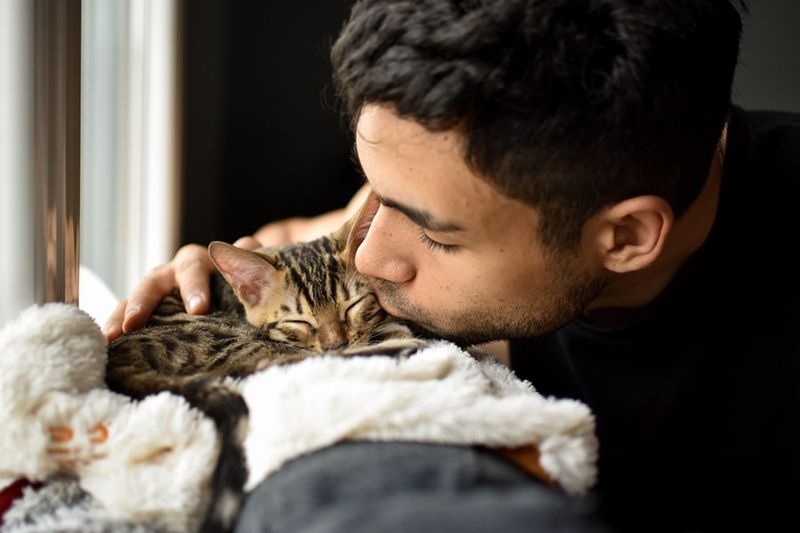
Stray cats may arrive with hidden health concerns, ranging from minor ailments to more serious conditions. Regular vet check-ups are crucial in addressing these issues, ensuring your cat’s well-being and longevity.
Being observant of any changes in behavior or appearance can help identify potential problems early on. Developing a good relationship with a veterinarian you trust is invaluable, providing guidance and support.
These health challenges, though potentially daunting, offer opportunities to deepen your commitment and care for your cat, ultimately improving their quality of life and strengthening your bond.
The Art of Patience
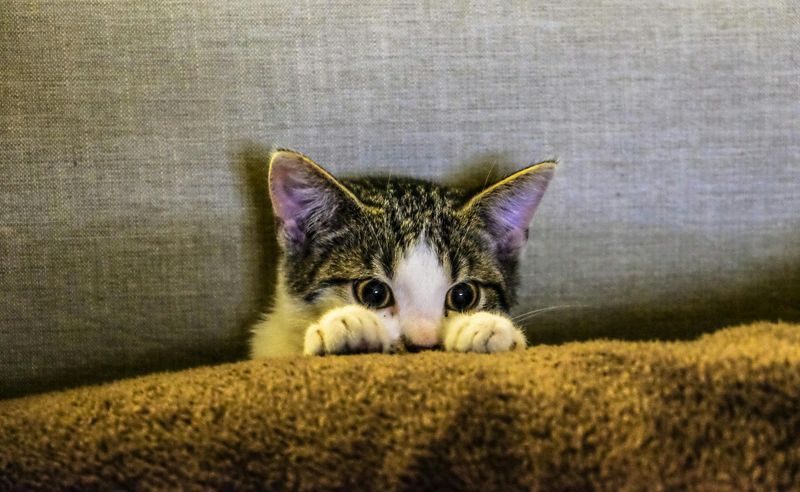
Patience is essential when welcoming a stray cat into your home. Their past experiences may make them wary or slow to trust. Creating a calm, inviting environment and allowing them to approach you at their own pace is key.
Every small step they take towards you is a victory, and gradual progress fosters a strong, trusting relationship. Celebrate these milestones and remain patient, understanding that their journey is unique.
In time, your patience will be rewarded with a loving and loyal companion, grateful for the warmth and stability you provide.
Building a Safe Haven
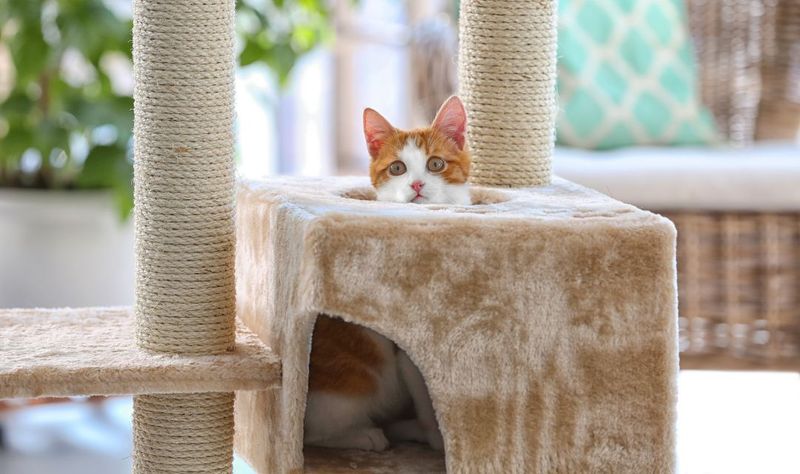
Creating a secure and welcoming environment is crucial for a stray cat’s adjustment. Designating specific areas for sleeping, playing, and eating helps establish a routine and comfort zone.
Incorporating cozy beds, scratching posts, and gentle lighting can make your home feel like a haven. Safety features, such as screens on windows and secure doors, prevent accidents and provide peace of mind.
This thoughtful setup encourages exploration and relaxation, contributing to their overall happiness. As your cat becomes familiar with their surroundings, they’ll thrive in the sanctuary you’ve created for them.
The Sound of Silence
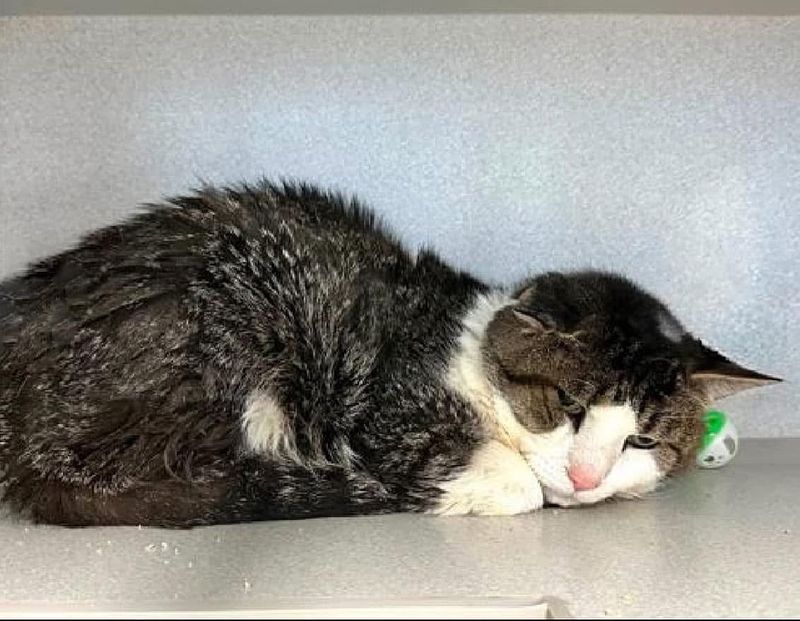
Silence is golden for a stray cat, offering a peaceful retreat from the noise and chaos of the outside world. Creating quiet spaces within your home allows them to rest and recharge, an essential part of their adaptation.
These tranquil moments help them feel secure and calm, reinforcing the safety of their new environment. Over time, they’ll associate these silent spaces with comfort and trust, strengthening their bond with you.
Embracing the sound of silence is a simple yet profound way to make your home a sanctuary for your stray cat.
Nighttime Adventures
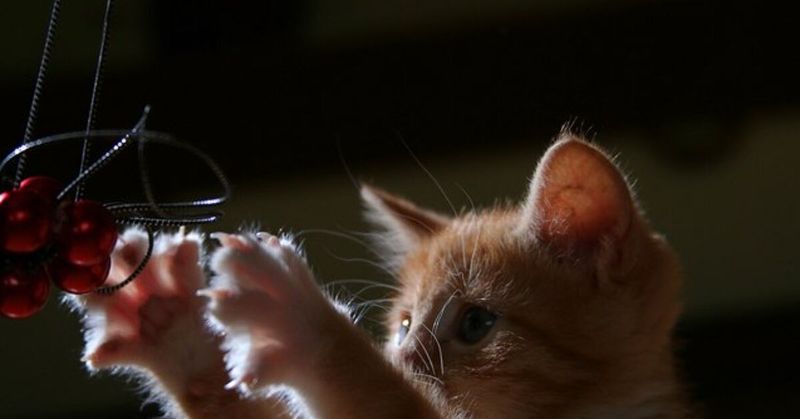
Stray cats often maintain a nocturnal schedule, reminiscent of their outdoor adventures. These nighttime explorations are a chance for them to indulge their curiosity and instincts in a safe environment.
Providing opportunities for safe nocturnal play can satisfy their adventurous spirit and prevent boredom. Allow them to roam and explore during these hours, observing their antics from a distance.
Understanding and accommodating their natural rhythms fosters a harmonious coexistence, ensuring both their happiness and your peace of mind.
The First Purr
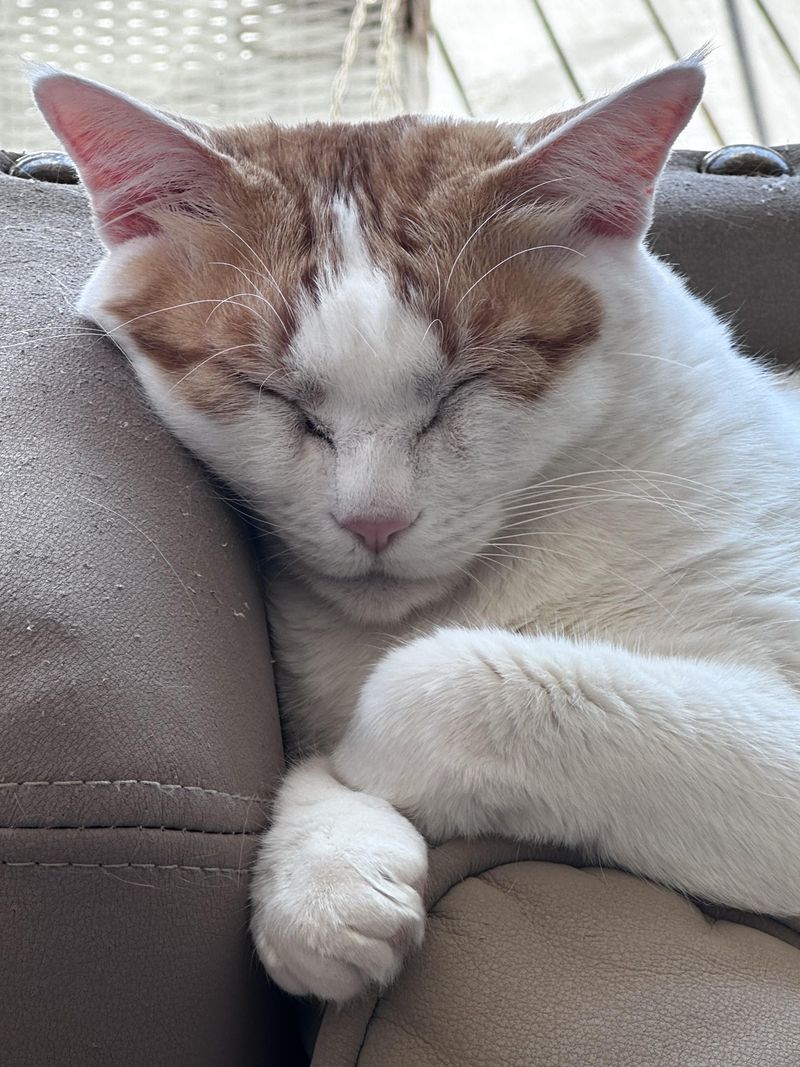
Hearing your stray cat purr for the first time is a magical moment, signifying their trust and happiness in their new surroundings. This soft, soothing sound is an expression of contentment and acceptance, a milestone in your journey together.
It’s a small but profound gesture that marks the beginning of a deepening bond. As your relationship grows, these purring moments become more frequent, each one reinforcing the love and connection you share.
The first purr is a testament to the safe and loving environment you’ve provided, making it a cherished memory.
Unexpected Couch Companions

Stray cats often become the most unexpected couch companions. Picture a chilly evening where you curl up on the sofa, only to find an extra bit of warmth snuggling next to you.
These cats, who once roamed freely, quickly adapt to the comfort of indoor life. They become masters of relaxation, teaching their human friends the art of unwinding after a long day.
Their gentle purrs and soft fur provide comfort and companionship, making them the perfect addition to your evening routine. It’s a transformation that surprises many, turning stray into family with each shared moment of rest.

